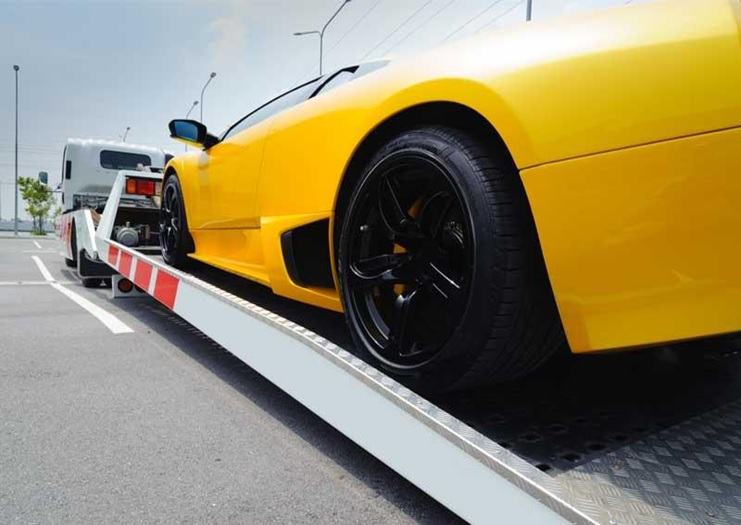Flatbed shipping is one of the simplest shipping methods that not everyone knows about yet. With great uses and countless opportunities, flatbed auto transport can help revolutionize the way you consider shipping your car. Referring to an open transportation method across a flat surface – it’s ideal for large vehicles or when you don’t want anything over your car, for the duration of the shipment.
Especially heavy vehicles, or ones that have special attachments are often better suited to flatbed shipping, as you can be certain that size won’t be an issue. Find out here everything you will need to know, to make your flatbed shipping experience a paramount success!
1. Is it right for you?
Before starting, an important question to ask yourself is whether flatbed shipping is the right kind of shipment for you. Consider the size of your car, its shape and weight – if either of these parameters might make shipping difficult, then it’s a clever idea to opt for flatbed shipping. Alternatively, if you’re transporting an antique, expensive vehicle that you need to treat with absolute care, enclosed or covered flatbed shipping is the only way to treat it with the respect it deserves.
Sport cars or luxury vehicles that need to be kept in pristine condition are often first choices, as well as large vehicles or ones with significant modifications and accessories.
2. Find a good shipping company
Not all shipping companies are created equal, so choosing a trustworthy organization which can offer you coast to coast transportation on a flatbed truck might initially take some searching. The best way is to search for companies near you, as it will make the next steps simpler. Working with professionals at this point will ensure that your needed capacity and equipment for transporting are met exactly. Simplify your shipment experience by browsing through well-reviewed companies that offer this service.
3. Discuss and ask questions
Don’t hesitate to make clear any points of concern or curiosity – having the answers will make the shipment itself a smoother experience. Plan ahead of time the pick-up and drop-off points, as well as schedules and expected delivery times. Ask what accommodations will be made, and whether anything needs to be done on your part to make the shipment more of a success.
To avoid unnecessary delays, plan ahead of time and think of the details.
4. Quotes
Before making your final decision, consider the car shipping cost and compare to other transportation options, as well as companies. There’s almost always a better quote around the corner, but you must search first. When getting your quote, make sure the company you’re getting for is known for transparency, otherwise you might have to account for potential hidden costs and more.
Look for companies that can readily offer you a quote, whether online or after a brief discussion, so you know they are serious. Don’t accept quotes that seem too high, but don’t go the cheapest route either – a good middle choice is typically the safest bet.

5. Ship it!
Once you’ve settled on the details, it’s time to secure your quote and start the process! Make sure to have the contact details at hand for your shipment manager. Flatbed is highly secure, so everything should go exactly as planned, but just in case – have the insurance plan in hand. All you must do is pay attention to when the shipment arrives!
Shipping cars using flatbeds is often safer, and more effective, for antiques and custom cars alike. Follow these guidelines, and you can make sure your shipment is a success!


